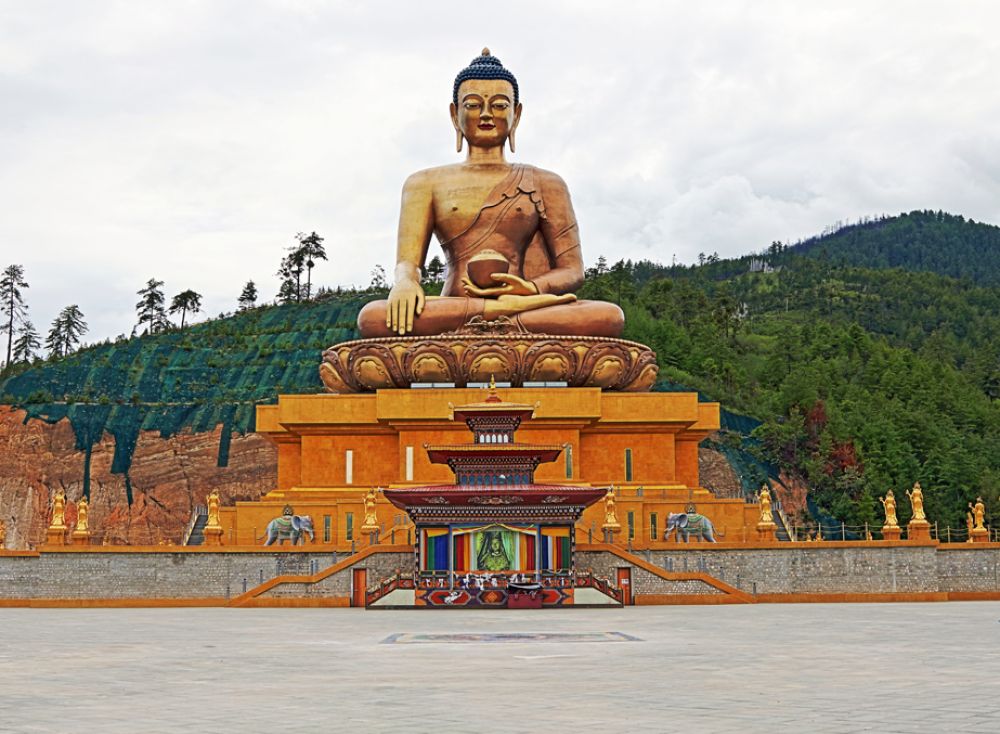

Nestled in the heart of the Himalayas, Thimphu is not just the capital but also the largest city in Bhutan, and it stands as a testament to the rich cultural heritage and natural beauty of this Himalayan kingdom. Over the years, Thimphu has transitioned from a secluded monastic retreat to a vibrant center for Bhutanese culture, governance, and commerce, all the while remaining deeply rooted in its Buddhist traditions.
Tourism in Bhutan, particularly in Thimphu, is a relatively recent phenomenon. Before the 1960s, Bhutan was largely isolated from the rest of the world, with few foreigners having the privilege of experiencing its unique culture. It was only in 1974 that Bhutan officially opened its doors to tourists. The coronation of the then-king, Jigme Singye Wangchuck, marked a milestone in Bhutanese history as the nation sought to promote its culture and garner international support.
The early years of tourism in Thimphu were characterized by a minimal influx of visitors, as the country's infrastructure was still developing. The Bhutanese government, valuing the preservation of its cultural identity and environment, adopted a cautious approach towards tourism development, famously instituting the "high value, low impact" tourism policy to regulate the numbers and impact of tourists on the local environment and society.
As infrastructure improved with the construction of roads, airports, and the introduction of modern amenities, the 1980s and 1990s saw a gradual increase in tourist numbers. Visitors were drawn to Thimphu's monasteries, fortresses (dzongs), and cultural festivals such as the Tshechu dances, which provided a glimpse into the deeply spiritual and communal lifestyle of the Bhutanese people.
Thimphu's local government and private sectors have worked collaboratively to develop tourism sustainably. Luxury hotels and resorts have risen alongside traditional Bhutanese guesthouses, offering a range of accommodations to meet the 'high value' aspect of the Bhutanese tourism model. The city has also expanded its reach to international travelers, with direct flights from neighboring countries making it more accessible.
In recent years, Thimphu has seen a shift towards experiential and sustainable tourism. Visitors are increasingly looking for authentic Bhutanese experiences, such as meditation retreats, hikes to sacred monasteries, and immersive cultural tours that include homestays with local families. This aligns well with Bhutan's philosophy of Gross National Happiness, which places a strong emphasis on the well-being of individuals and the environment.
Furthermore, eco-tourism has become a significant trend, with travelers keen on exploring Thimphu's pristine natural landscapes without leaving a negative impact. The government continues to promote conservation efforts, ensuring that the majestic mountains, lush valleys, and rich biodiversity of the area remain unspoiled.
Another emerging trend in Thimphu tourism is the focus on bespoke travel experiences. The concept of personalizing travel itineraries to suit individual interests, such as culinary tours, traditional textile workshops, or archery lessons, reflects a move toward catering to niche markets and personal preferences.
As Thimphu and Bhutan envision the future of their tourism industry, they remain dedicated to balancing the growing interest of international travelers with the preservation of their cultural identity and natural environment. The commitment to sustainable development, cultural integrity, and the happiness of both its citizens and visitors continues to underpin the evolution of Thimphu as a model tourist destination.